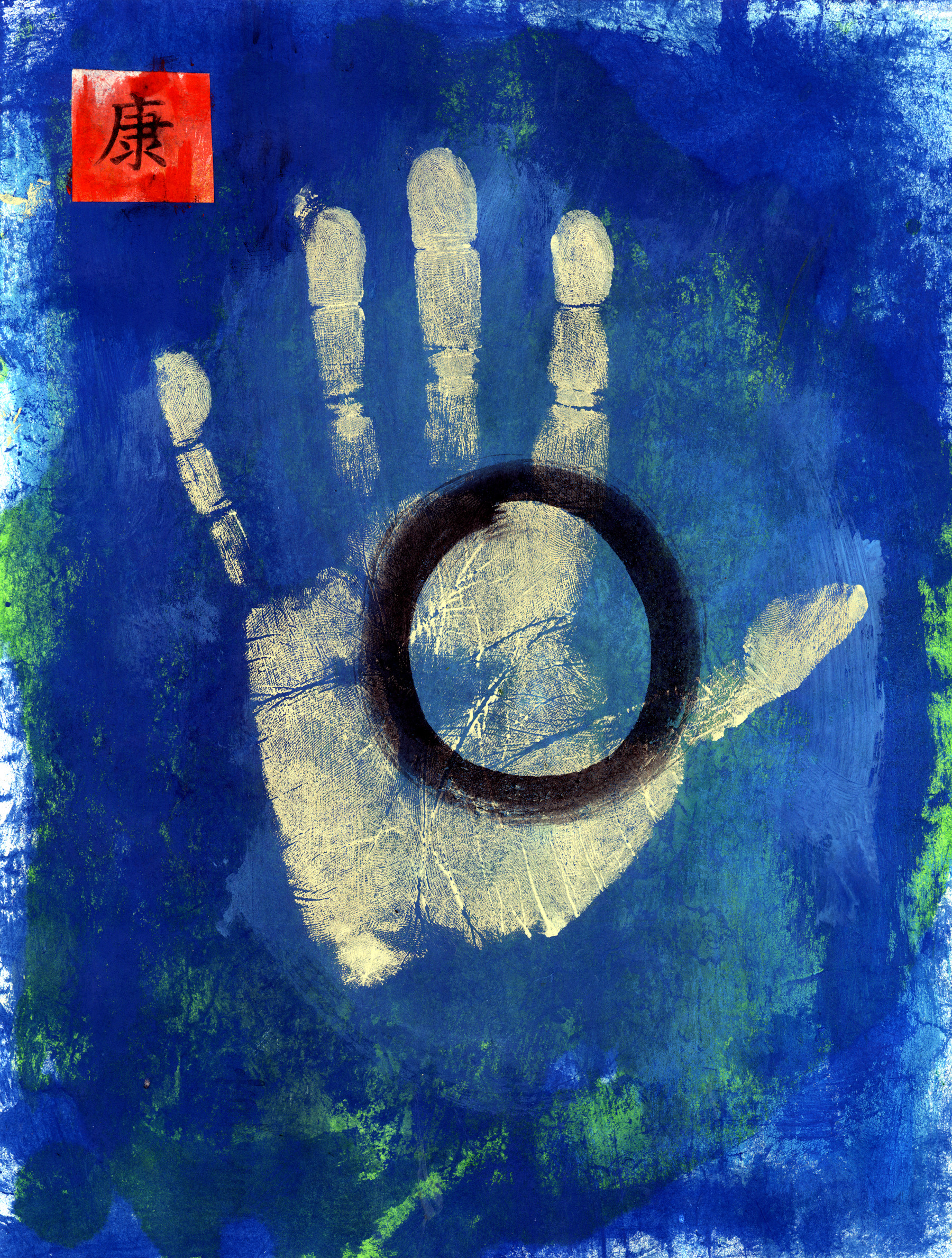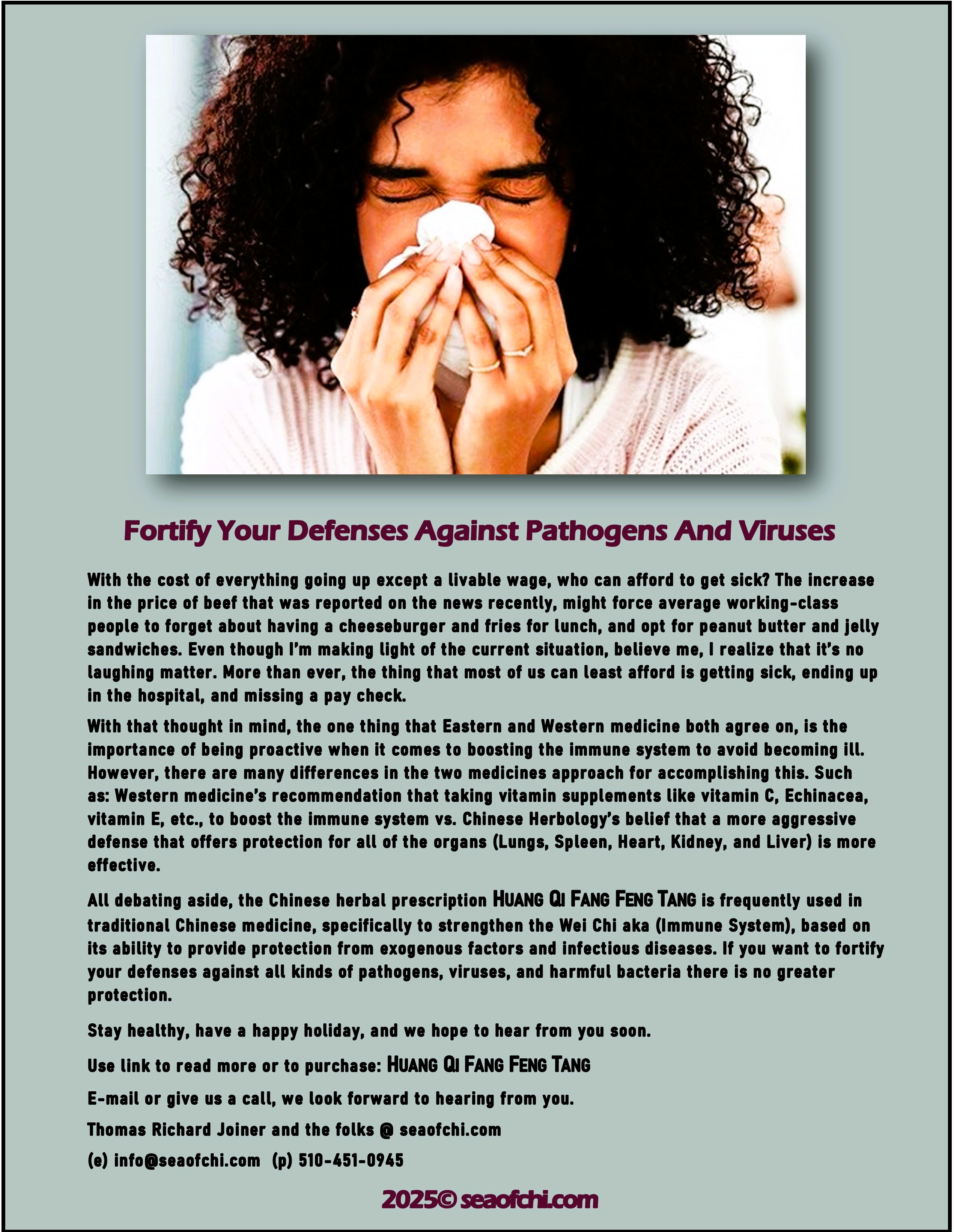Shopping Cart
0 item(s) - $0.00Treating Injuries: Hit Medicine Tieh Ta Ke Kit for your Dojo
Speedy Resolution of Occupational Hazards
快速解决职业危害

It was the late great Sensei Peter Urban, Karate pioneer and founder of American Goju Karate, who often said, “You must be driven by your love for your art, because it is highly unlikely that you’ll ever get rich in the sensei business.” Chién, O’Sensei. Reflecting on Master Urban’s words is always a good reminder that in spite of a few minor inconveniences, as modern martial artists we live charmed lives compared to our ancient predecessors. With few options for earning their keep other than through mercenary activities, prizefighting, and teaching their art, there was the constant struggle to maintain basic food and shelter. Running a close second to this central issue was their concern for remaining physically fit and avoiding injuries. The loss of income compounded by a possibility of retribution from enemies made the speedy resolution of any physical disabilities a matter of grave concern. The list of possible injuries included serious combat wounds such as incisions from bladed weapons, and blunt trauma caused by bludgeoning and empty hand strikes, not to mention the minor sore muscles and strained ligaments that were considered unavoidable consequences of daily training. It was primarily the need to manage these so-called occupational hazards that motivated martial artists to develop skills in Osteopathy (bone-setting), Traumatology (to stop bleeding and restore the pulse), and Herbology. Many of the techniques used were throwbacks from a branch of traditional Chinese medicine long associated with martial arts known as Tieh Ta Ke, or Hit Medicine. Although the primary focus of Tieh Ta Ke was injury management, among its prescriptions were herbal medications for preventing injuries as well as a repertoire of poisons that could be used for both healing and killing. This tradition is still carried on today, but to a far lesser degree – simply because most modern practitioners do not possess Tieh Ta knowledge.
This is in stark contrast to generations past, when possessing injury management skills was considered such an important part of advanced training that a lack of Tieh Ta ability undermined the credibility of anyone claiming to be a master of the martial arts. Treatment methods included bone setting, the use of moxabustion, massage, five-star plum blossom, cupping, and herbal prescriptions. These relieved pain, stopped bleeding, restored consciousness, healed damaged sinews and broken bones, dissolved blood clots, and reestablished the normal flow of blood and Chi to damaged organs and body parts. Once an important part of the martial arts curriculum, Tieh Ta Ke techniques were practiced by martial artists as diverse as Taoist priests, Shaolin monks, Samurai warriors, Imperial Chinese guardsmen, Wu Shu performers – and more recently, elite Viet Cong military forces. If you can see the wisdom of incorporating Chinese herbs as an injury management tool in your Kwoon or Dojo we offer an herbal first aid kit that contains formulas that were originally developed by the Shaolin Monks to stop bleeding, heal broken bones and fractures, torn and strained ligaments and tendons. These are classical Shaolin formulas from the Shaolin Si Mi Fang Ji Jin (Highlights of the Shaolin Monastery’s Secret Formulas). We also include massage oils and liniments that should be used to treat the minor aches and pains that are a result of daily workouts.
The four raw herb prescriptions in this Tieh Ta Ke Kit can be used in the raw form to make a decoction, or may be powdered and used to make pills/capsules or simply added to a smoothie or juice. We prefer the traditional approach of powdering the herbs, then mixing a small amount with wine to escalate healing. If you wish us to powder these 4 formulas for you, please check the appropriate box at check-out and there will be a $10.00 powdering fee applied.

All Rights Reserved | © Sea of Chi 2025 | Web Design Company - DreamCo Design
The statements made have not been evaluated by FDA. Our products are not intended to diagnose, treat, cure or prevent any disease.





